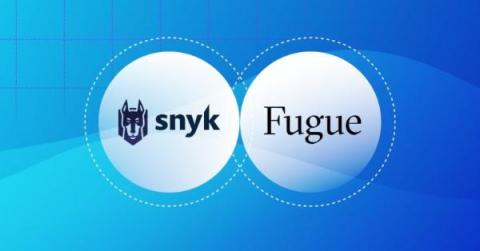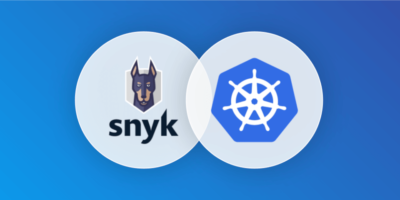Announcing Snyk's new Global Service Provider program
Snyk is proud to launch a new Global Service Provider program designed to give leading solution providers the resources they need to bring our developer-first tools and methodologies into their services and support customers on their DevSecOps journey. We designed this program to support our service delivery partners in building services around Snyk, whether for outsourced application development, helping customers achieve their DevSecOps goals, or supporting their cloud native journey.











